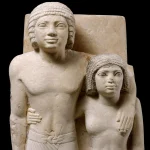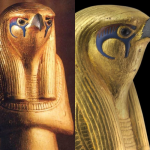Osiris: God of the Underworld and Rebirth
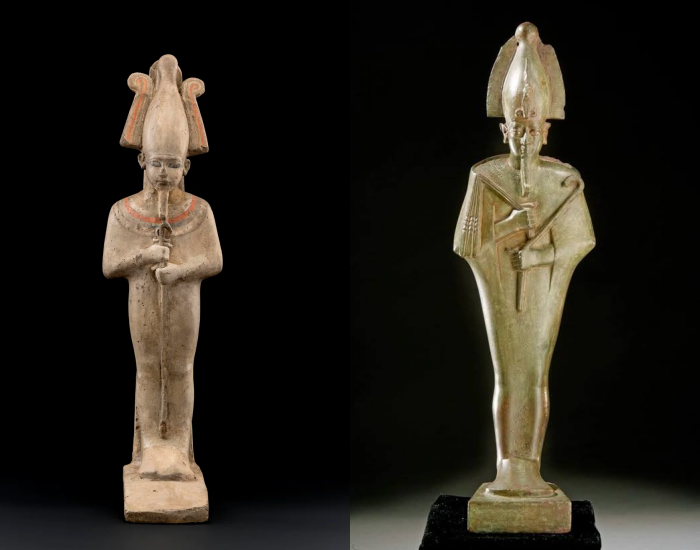
Osiris (Asir) was the eldest son of Geb and Nut, and the brother of Set, Horus the Elder, Isis, and Nephthys. He was among the most prominent gods of the Heliopolitan Ennead, though his worship predated this theological system. While Atum was the formal head of the Ennead, Osiris was revered as king of the underworld, and uniquely referred to simply as “the god”—a testament to his enduring importance and popularity.
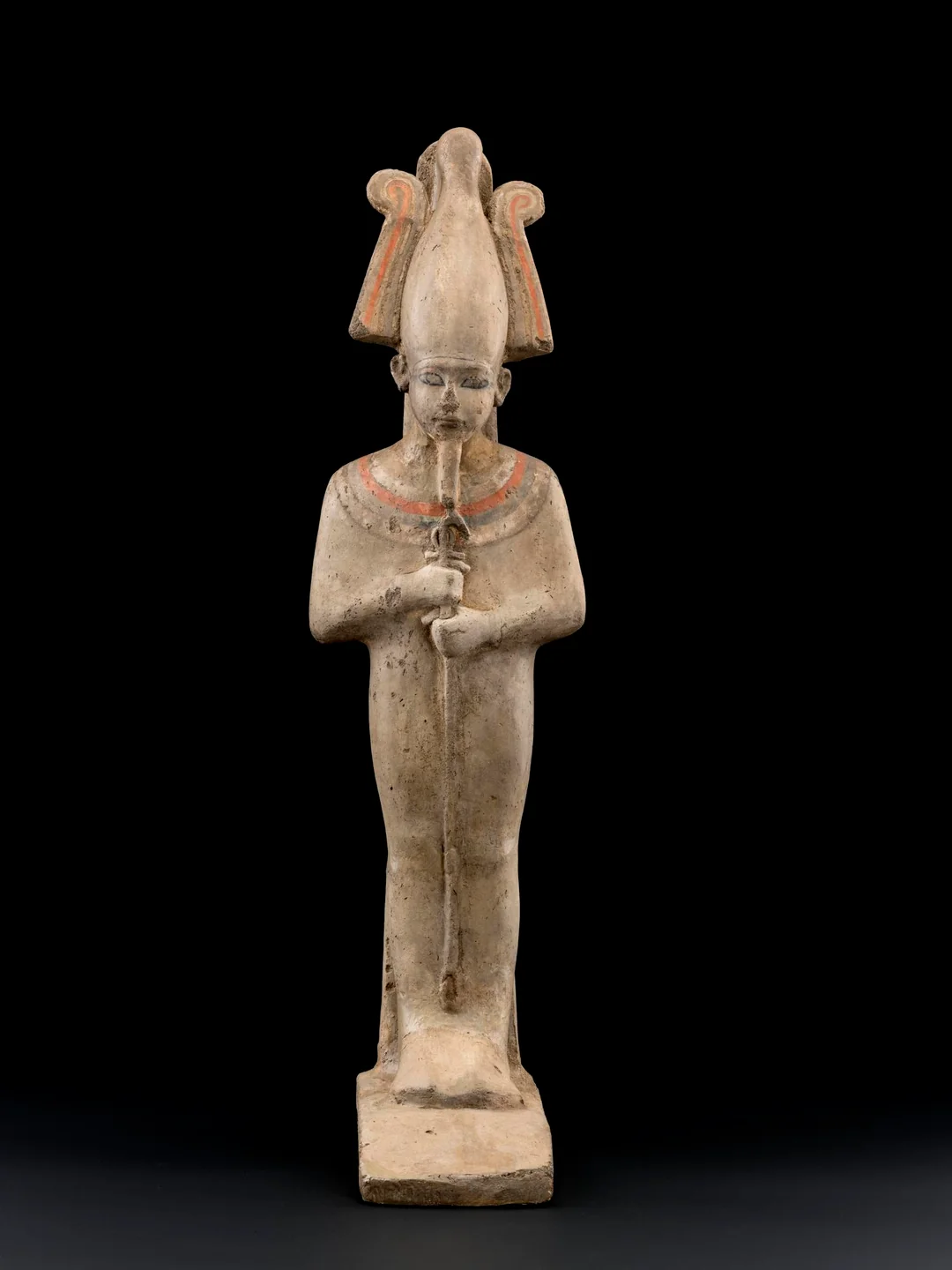
To enter his realm, the deceased faced a perilous journey through the Duat (underworld), aided by spells and amulets, before reaching the Hall of Judgment. There, their heart was weighed against the feather of Ma’at, symbolizing truth and balance. Unlike Christian notions of judgment, Egyptians did not expect perfection—only balance. The “negative confession,” in which the dead declared what wrongs they had not committed, shows that entry to Osiris’s domain was about persuasion and worthiness rather than passive judgment.
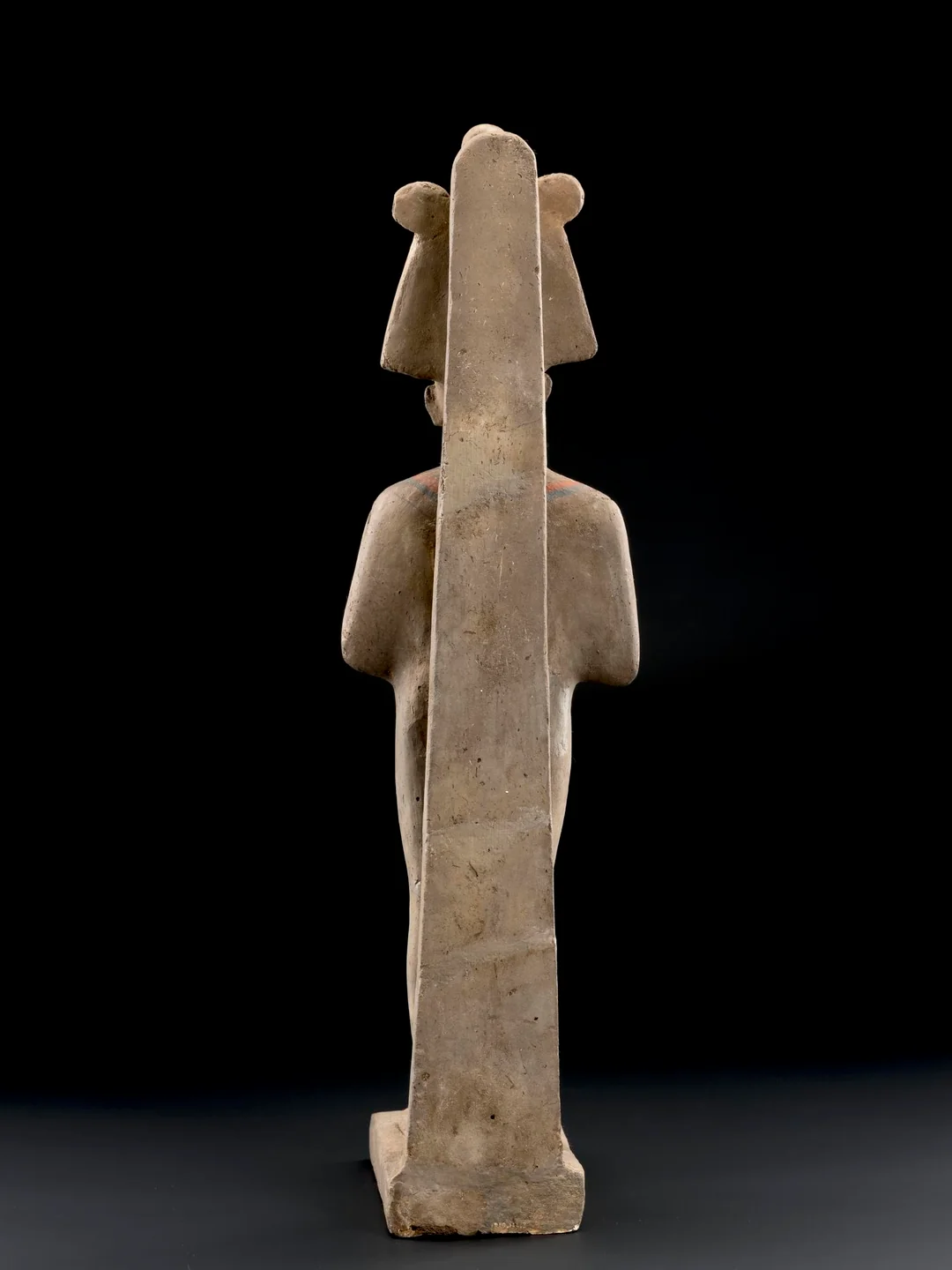
As a beneficent ruler in life, Osiris’s role in the afterlife offered comfort to Egyptians. With proper burial and protective spells drawn from texts such as the Book of the Dead or Book of Gates, the deceased could hope for a blissful existence mirroring earthly life—yet free from hardship.
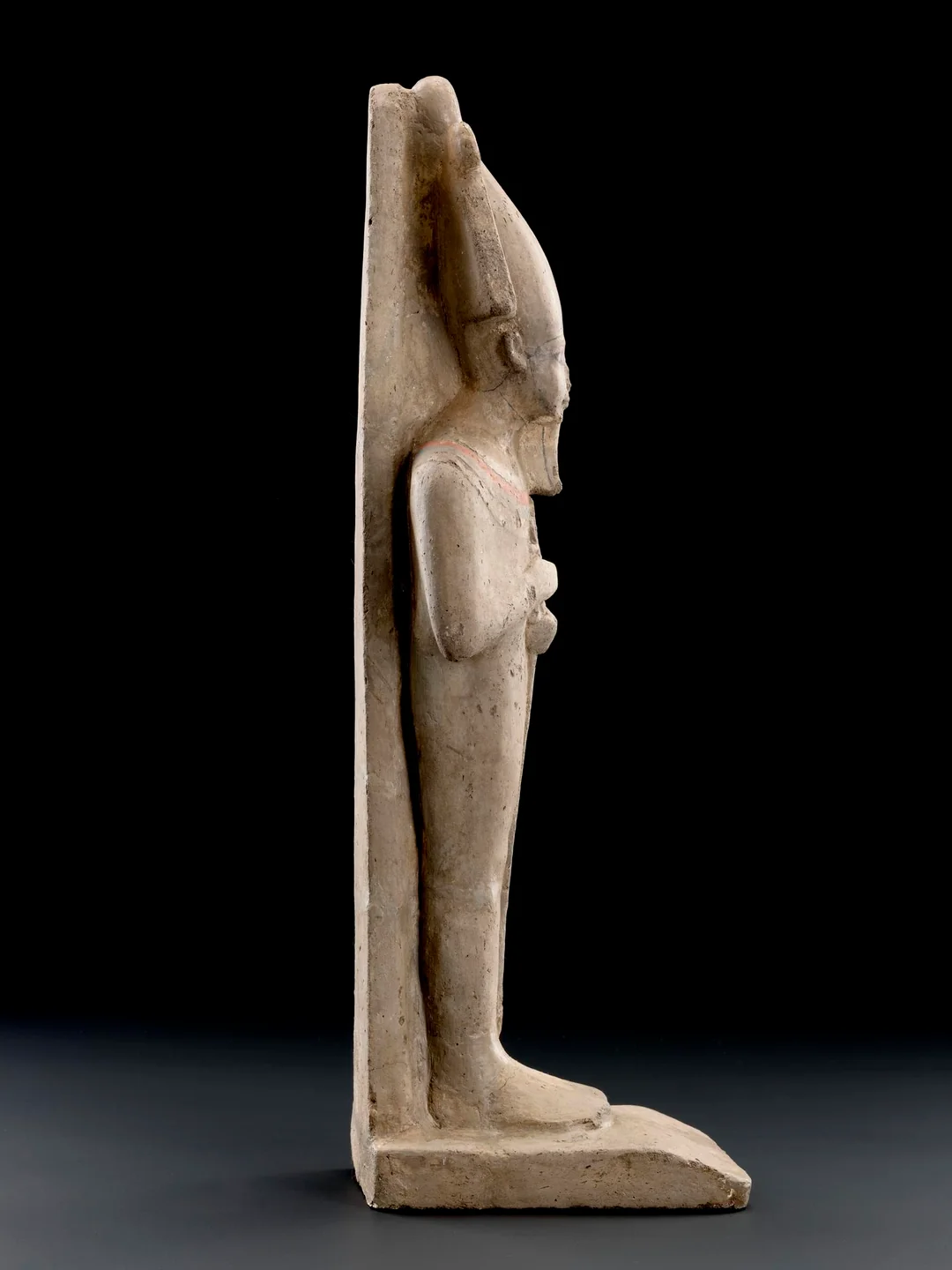
Osiris was also a god of agriculture, symbolizing death and rebirth in the seasonal cycle of crops. Harvest rituals reflected his mythic death, while the annual Nile inundation signaled his return, renewing life to the land. He was typically depicted as a mummified king with green or black skin, wearing the white crown of Upper Egypt or the Atef crown, and bearing the crook and flail.
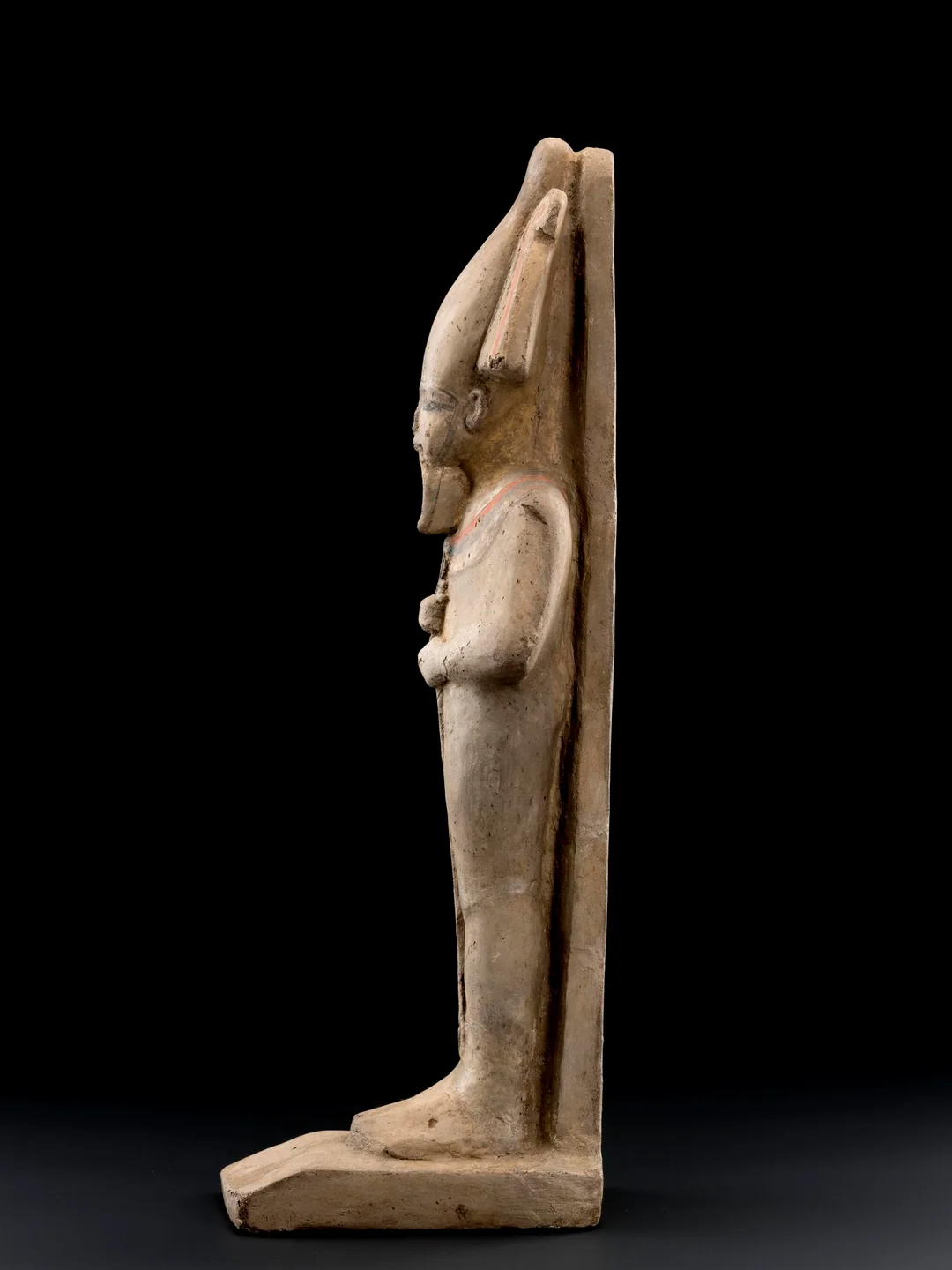
His mythology tells of betrayal by his jealous brother Set, who murdered him by sealing him in a chest and casting it into the Nile. The chest washed ashore at Byblos, where a great tamarisk tree grew around it until Queen Isis recovered her husband’s body. Through magic, she conceived their son Horus. But Set dismembered Osiris into fourteen pieces, scattering them across Egypt. Isis and Nephthys recovered most parts, and with the aid of Anubis, Thoth, and Ra, Osiris underwent the first mummification. Revived only in spirit, he descended to rule the underworld, while Horus became king of the living.
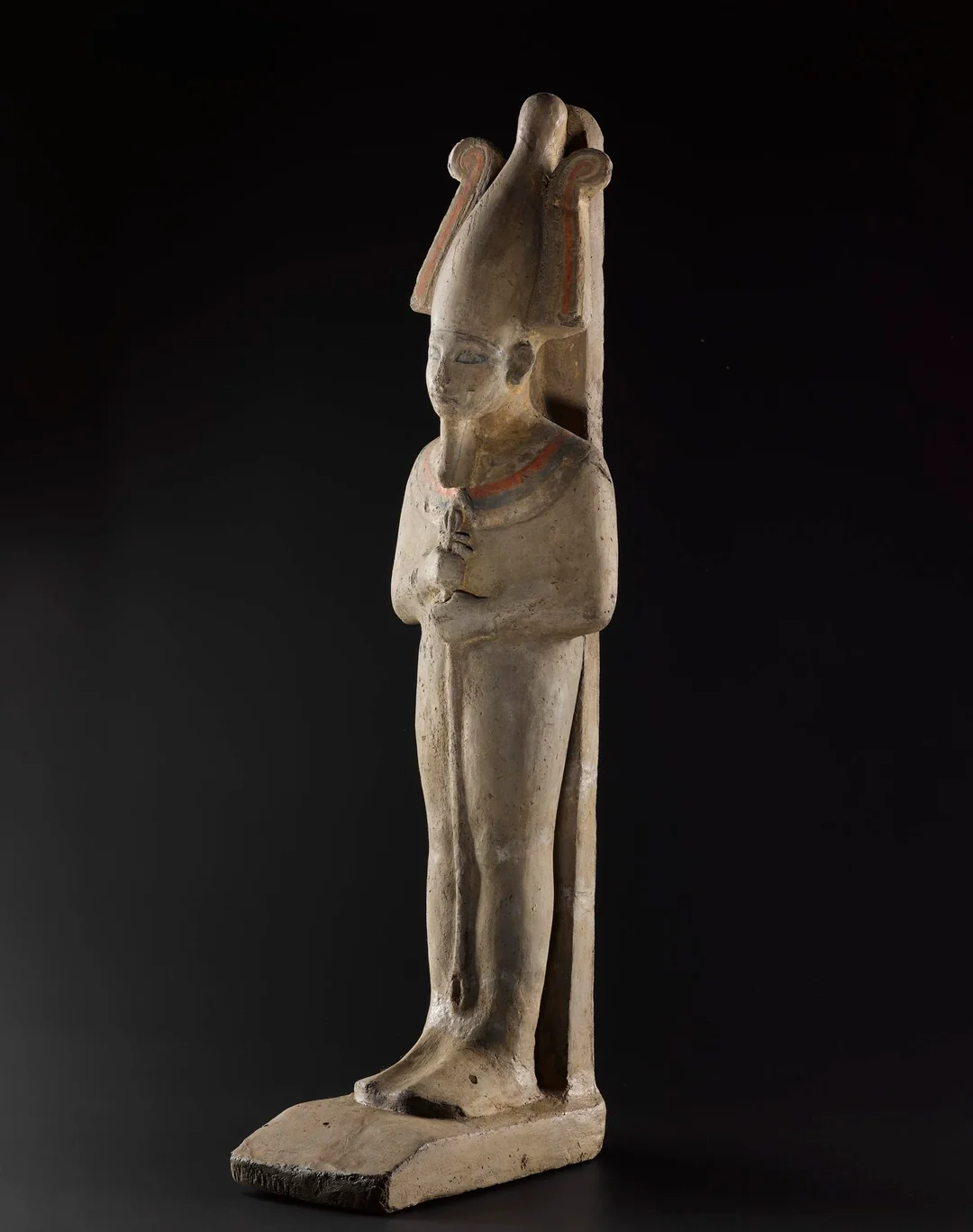
Over time, Osiris absorbed the roles of other deities, including Sokar and Ptah (forming Ptah-Sokar-Osiris), and was associated with Andjety, Khentiamentiu, Wepwawet, Serapis, and the sacred bulls Apis and Buchis. His worship spread throughout Egypt, enduring as a symbol of rebirth, justice, and eternal order.
Museum Reference: A.1910.111.3
Date: c. 1292–1185 BCE
Period: 19th Dynasty, New Kingdom
Provenance: Umm el-Qaab, Abydos, Upper Egypt
Collection: National Museum of Scotland
